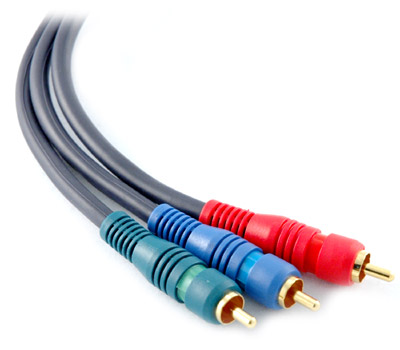How to Choose Video Cables
There are very few things in home theater that are as annoying as visual artifacts making their presence known during your favorite movie. It draws your attention away from the story and cinematography and focuses it on the imperfections in the picture. The one part of preventing the intrusion of such artifacts is purchasing high quality cables for your video connections.
The first step to choosing quality video cables is knowing what needs to be connected. If you have a particularly large system, it may be in your favor to make a list to ensure that you do not miss anything. Using a string, you can measure the distances between connecting components to find the minimum length for your video cables. The articles on connections will help you determine which ones your equipment employs as well as the benefits of the various types. You should always use the best connections that are available on your equipment. This will work to provide you with the most improved picture quality within the capabilities of your home theater system. As with audio cables, a thicker gauge wire will provide you with the best results. Always go with cables that are thicker than 16 gauge, anything thinner will not transfer signal between components adequately.

Shielding
Electromagnetic interference can be the cause of some of the visual artifacts you may notice while watching a movie. Whenever electrical current travels through a wire, it creates an electromagnetic field. This means that each component of your home theater system, all of the electrical wiring in your walls, every device that uses electricity creates an EM field. When that EM field disrupts a signal, it is considered electromagnetic interference (EMI). This is why it is important for components that will be next to your television, such as your center channel, to be shielded. Shielding will work to eliminate influence electromagnetic fields have on your picture quality.Don't let visual artifacts get the best of you. By using shielded video cable that has the best type of connectors your system can accommodate, you will immediately improve your video quality.